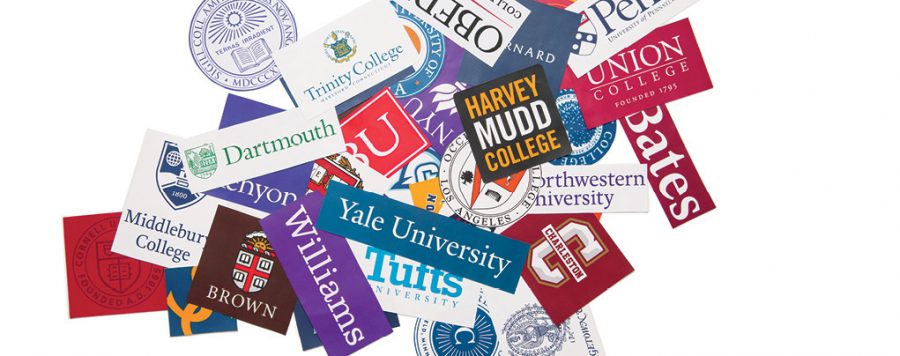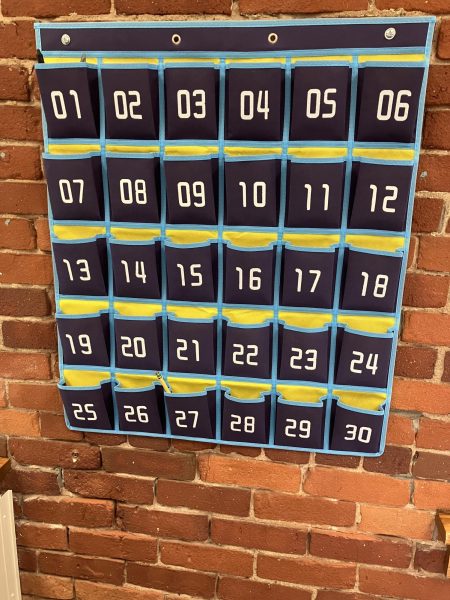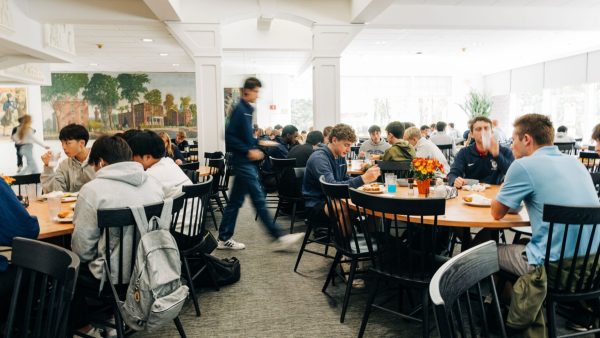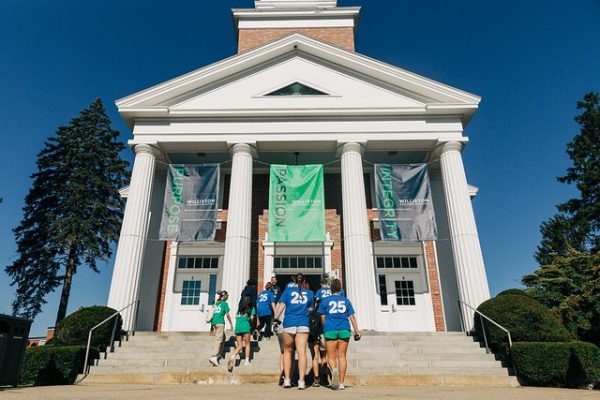Students Feel Like “Just a Number” to Colleges in Competitive Process
As the class of 2024 settles into their new role as upperclassman, the emphasis is now squarely on the process of finding out where they’ll go after graduation.
At Williston, the college counseling process typically starts in the middle of a student’s junior year. It is when students first meet with their assigned counselor to start to talk about their potential interests in careers, as well as the credits they need to fulfill and what types of schools they are interested in.
For most students, the majority of their junior and senior year are spent planning for their admission, and eventual acceptance, into college. Junior year is spent looking outward and thinking about potential interests, while senior year is the notorious application year. In recent years, the emphasis on life after high school seems to have begun to start earlier and earlier for many students.
This can be chalked up to the influx of undergraduate enrollment in the 21st century, compared to what it was in the late 80s and early 90s, the average years of when a parent of a now high schooler was applying to college.
The college counseling office typically starts reaching out to juniors during the end of fall term, a timeline that is either met with relief or increased stress.
Izzy Ireland, a boarding senior from Midlothian, VA., said the early help from the College Counseling office made her admission process smoother.
“Knowing who my counselor was early on was helpful because I could start getting ready to ask questions,” she said. “And over fall break and such, I was able to go on tours to kind of understand the feel of what going to college is like.”
NBC News reports that undergraduate enrollment in the U.S. duplicated from 1970 to 2009. And, according to the Department of Education, U.S. colleges expected a total of 20.4 million students in fall 2017, about 5.1 million more than in fall 2000.
The yearly average on-time graduation rate from Williston is 99%, and the amount of those seniors going to college is 97%, with one or two people choosing task force or the armed forces about once every five years, Emily McDowell of the Williston College Counseling office reported in an email to The Willistonian.
Colleges have also begun their outreach earlier. In wake of the 2021 PSAT last October, many Williston students reported beginning to get an abundance of emails from colleges requesting for them to inquire. Many people say that the emails increase the existing pressure they feel to get into college, but the majority of people admit to just clicking the “select all” button in their inbox and deleting all of the pesky messages.
The emails, which normally include a variety of the message: “We want you!” or “Just checking that we’re reaching you?” are mass sent, and do not hold any specificity to the person receiving them.
“You’re just a number to them, which makes me feel like I don’t want to go there,” Izzy said.
Emails from colleges starting earlier and earlier also raises pressure about when to start actually visiting college campuses, much less starting a college list. Some students begin to visit colleges the end of their junior year depending on involvement in sports and possible athletics continuing into college. The majority of students, however, only begin to visit colleges their senior year, often times after they’ve already applied to said college.
A practice by colleges that has increased significantly since the late nineties is the ED/EA application portals. Early Decision, an application submitted to one school to pledge your interest to them, is completely binding. Binding means that if you are accepted to that school on the ED deadline, that is the college or university you will attend, with no room to debate. This is due to the extremely competitive admission portal that is Early Decision, and colleges or universities do not want their time to be wasted.
Early Action, a process by which students can choose to submit their applications to multiple schools early, is non binding. When you get an Early Cction result, you still do not have to decide on your school choice until the normal decision date, normally in the beginning of April to early May, depending on the school.
According to McDowell, 80%-90% of each senior class has at least one EA school on their list, while only about 30% will have an ED. The benefits each of these options are relatively similar.
“To apply ED or EA will allow you to spread your work out, making it less intensive around one deadline,” McDowell said.










